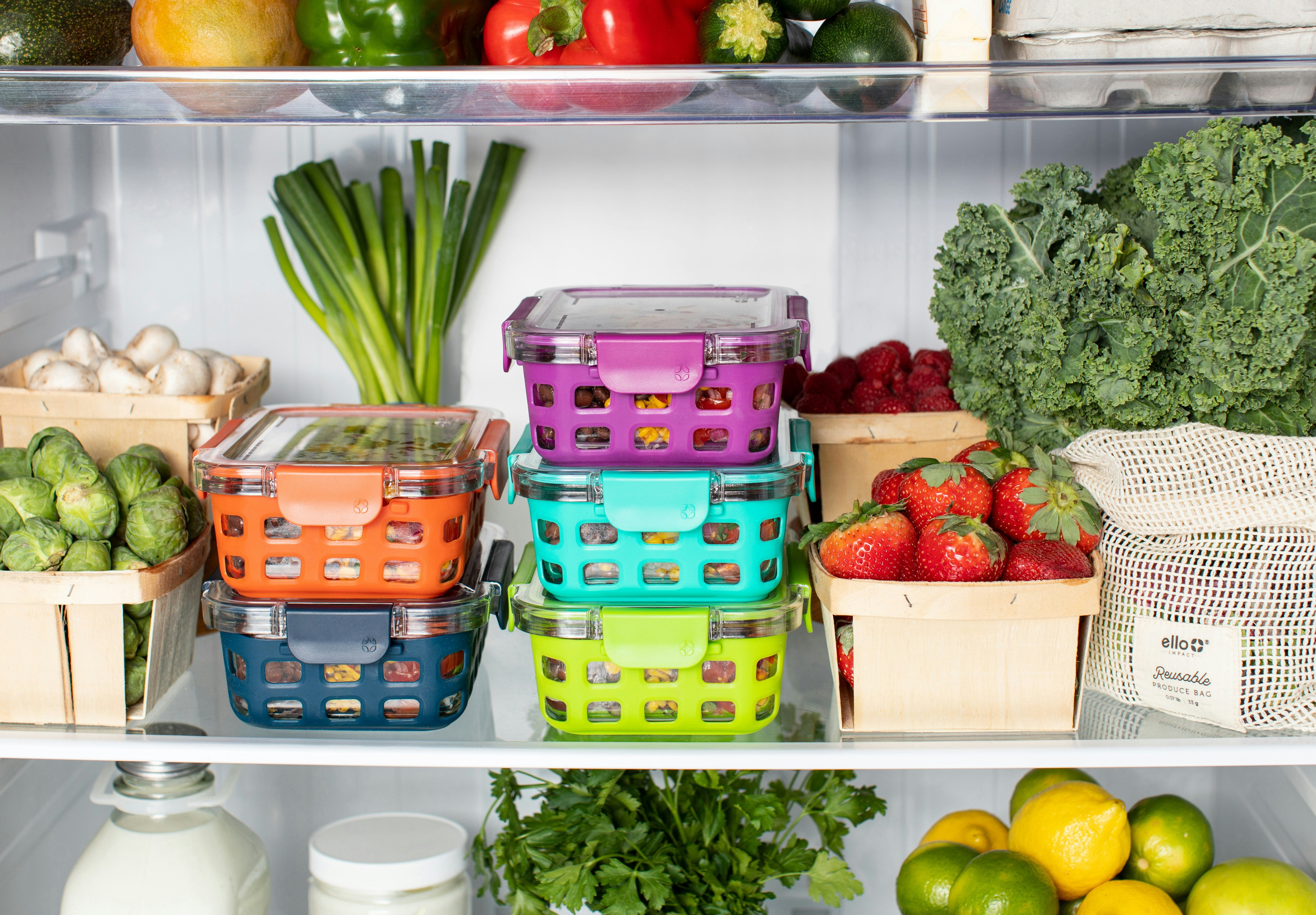What Food Items Need Time and Temperature Control for Safety?

Ensuring food safety is a critical challenge for the food service industry. A fundamental aspect of this challenge involves understanding and managing Time and Temperature Control for Safety (TCS) foods.
TCS foods are prone to bacteria growth and require specific time and temperature settings to prevent foodborne illnesses. This article explores the types of TCS foods, best practices for handling them, and the role of monitoring and energy management in maintaining food safety.
Understanding TCS foods
TCS foods are typically high in protein and moisture, with a neutral or slightly acidic pH. These conditions are ideal for the growth of harmful bacteria.
Some common TCS foods include:
- Dairy products: Milk, cheese, yogurt, and cream.
- Meat and poultry: Beef, pork, lamb, chicken, turkey, duck, and ground meat.
- Seafood: Salmon, tilapia, tuna, shrimp, crab, oysters, and canned seafood.
- Eggs and egg products: This includes dishes and meals that contain eggs.
- Cooked plant-based items like rice, pasta, and tofu.
- Cut fruits and vegetables: Melons, tomatoes, leafy greens.
- Sprouts and sprout Seeds: Alfalfa, bean, broccoli sprouts.
- Ready-to-eat foods: Sandwiches and salads containing TCS ingredients.
There are also often overlooked TCS foods that are still important to take note of. These include soft, unripened cheese, non-dairy coffee creaming agents, deli meat, garlic-in-oil mixtures, cooked onions, and sauces like Hollandaise.
Best practices for handling TCS foods
As mentioned above, TCS foods require specific time and temperature controls to limit the growth of harmful and illness-causing bacteria. As such, certain practices and guidelines have been set in place to keep TCS foods safe.
Time and temperature controls
- Cold holding: Keep cold foods at 41°F or less.
- Cooking temperatures: Cook foods to the recommended internal temperatures, e.g., poultry at 165°F, ground meat at 160°F, and fish at 145°F.
- Hot holding: Maintain hot foods at 140°F or above.
- Cooling foods: Cool foods from 135°F to 70°F within two hours, then down to 41°F within four more hours.
- Reheating foods: Reheat to 165°F for 15 seconds within two hours.
Additional measures
- Safe thawing: Thaw in the refrigerator at or below 40°F, or use cold water or microwave methods if immediate cooking follows.
- Hygiene and sanitation: Maintain cleanliness and proper sanitation practices to prevent cross-contamination.
- Training: Educate staff on food handling and safety practices.
Monitoring and energy management
Effective monitoring also plays an important role in managing TCS foods. Advanced systems like those from GlacierGrid use sensors to continuously track the temperature of storage areas, providing real-time alerts for any deviations.
Integrating refrigeration into an overarching energy management system helps optimize energy usage while ensuring food safety. This approach leads to:
- Energy efficiency: Smart systems adjust refrigeration based on need, reducing unnecessary energy consumption.
- Cost savings: Efficient energy use leads to lower utility bills.
- Sustainability: Reduced energy consumption lowers the environmental impact.
Understanding and managing TCS foods is essential for ensuring food safety. Incorporating advanced monitoring systems and energy management strategies can help businesses achieve food safety, compliance, cost savings, and environmental sustainability.
Additional resources
- Centers for Disease Control and Prevention (CDC): www.cdc.gov/foodsafety
- FoodSafety.gov: www.foodsafety.gov
- Fightbac.org: www.Fightbac.org
- USDA Food Safety and Inspection Service: www.fsis.usda.gov/wps
References
- Gordon Food Service. "Tips for Time and Temperature Control (TCS) Foods." gfs.com. Accessed January 26, 2024.
- University of Minnesota Extension. "Keep Food Safe with Time and Temperature Control." extension.umn.edu. Accessed January 26, 2024.
- SafetyCulture. "TCS Food: What It Is and How to Ensure Its Safety." safetyculture.com. Accessed January 26, 2024.
- University of Rhode Island. "Time and Temperature Control for Safe Food." web.uri.edu. Accessed January 26, 2024.
South Carolina Department of Health and Environmental Control. "Food Safety - Time/Temperature Control for Safety (TCS) Food." scdhec.gov. Accessed January








.jpg)